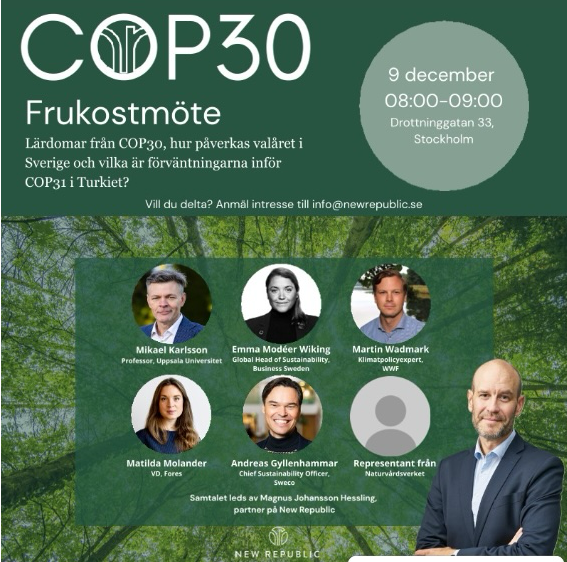OPED: Leveraging Major Events for Sustainable Tourism Growth in Emerging Destinations
- PMA PRESS

- Feb 11
- 4 min read
Leveraging Major Events for Sustainable Tourism Growth: Lessons from Super Bowl 2025
Hosting Super Bowl LIX in New Orleans was a masterclass in how a destination can benefit from a global event—from economic growth and tourism to community pride and long-term global branding. However, while established destinations can attract world-renowned events, emerging destinations must take a different approach—building their own niche events over time, developing infrastructure, and securing long-term investments.
How Destinations Can Benefit from Major Events
For nations and cities looking to tap into the power of global events, there are two primary approaches:
1. Hosting Established Global Events
For destinations with strong infrastructure, existing tourism appeal, and a track record of handling large-scale events, bidding for major global events can boost visibility, drive economic growth, and position the location on the world stage. These include:
✅ Olympics & Paralympics – Global exposure, long-term infrastructure development, and job creation.
✅ FIFA World Cup & UEFA Euros – Massive tourism influx, cultural integration, and national branding.
✅ Formula 1 Grand Prix – Luxury tourism, international media exposure, and long-term sponsorship deals.
✅ Rugby World Cup & Cricket World Cup – Regional dominance in sports tourism and economic stimulation.
✅ Davos & G20 Summits – Positioning a country as a global business hub with high-level networking.
✅ Music Festivals like Coachella & Tomorrowland – Transforming destinations into creative and cultural hubs.
These events, however, come with high costs and intense competition, making it difficult for emerging destinations to break in. Instead, a long-term, strategic approach is required.
2. Developing Unique Niche Events: The Long-Term Strategy
For up-and-coming destinations, the key is not to compete for existing global events but to create and develop unique ones. This requires patience, investment, and strategic planning over decades.
✅ Building Up a Niche Event
Destinations can craft their own signature events that gradually scale up, attracting regional audiences first, then international ones. Examples include:
🎨 Art & Design Festivals – Positioning a city as a global creative hub (e.g., Dubai Design Week, São Paulo Art Biennial).
🎭 Cultural Festivals – Showcasing national identity (e.g., Edinburgh Fringe, Rio Carnival).
🏋️♂️ Extreme Sports & Adventure Tourism Events – Targeting niche tourism (e.g., Red Bull X-Alps, Ultra Marathons).
🛶 Eco & Sustainable Tourism Events – Driving responsible tourism (e.g., Ocean Conservation Summits).
👨🍳 Gastronomy & Wine Festivals – Strengthening food tourism (e.g., Bordeaux Wine Festival, Tokyo Ramen Expo).
🎶 Music & Film Events – Becoming a creative capital (e.g., Sundance Film Festival, Afro Nation).
This strategy ensures sustainable tourism growth while creating an event unique to the destination’s culture, geography, and business potential.
What Destinations Need to Develop Their Own Signature Events
To successfully build, sustain, and grow an event into a major tourism driver, destinations must invest in:
1. Long-Term Infrastructure Development
🛫 Airports & Transport Networks – Seamless connectivity for international attendees.
🏨 Hotels & Accommodation – Capacity to handle visitor surges.
📡 Technology & Digital Services – Smart city innovations for event accessibility and security.
2. Security Perception & Stability
For any event to grow, the perception of safety is key. Destinations must:
🔍 Strengthen security protocols & crisis response planning.
🚔 Build trust through international cooperation on public safety.
📢 Enhance media and PR efforts to shape positive narratives.
3. Community Agility & Ownership
🔹 Events should involve local communities, ensuring benefits reach small businesses, mid-sized enterprises, and large corporations alike.
🔹 Tourism planning should focus on equitable wealth distribution, ensuring all economic levels benefit.
🔹 A community-driven tourism model creates pride, inclusivity, and long-term sustainability.
4. Political Support & Governance Stability
🏛️ Government backing and policy alignment are crucial for long-term event success.
📈 Political stability attracts foreign investors and corporate sponsorships.
📑 Clear regulations and investment incentives make hosting large events more feasible.
5. Commercial Investment & Corporate Partnerships
💰 Public-private partnerships can help fund infrastructure and marketing.
🤝 Collaborations with global sponsors can increase visibility.
📣 Branding & media rights generate revenue and attract global attention.
The Future: An Inclusive, Sustainable Event Ecosystem
Major events should not just be about economic growth—they must also strengthen social and community ties. The future lies in:
🔹 Inclusive economies where local businesses, regional enterprises, and global brands coexist.
🔹 Tourism that enhances local identity, rather than erasing it.
🔹 Events that empower communities, leaving long-term social and economic benefits.
🔹 Sustainable development that protects the environment while driving tourism growth.
Conclusion: Think Long-Term, Act Strategically
Super Bowl 2025 showcased how a city can leverage a global event for economic and social transformation. However, for emerging destinations, the real opportunity lies in building their own events, investing in long-term infrastructure, and ensuring community-driven tourism development.
By strategically nurturing niche events, destinations can achieve global recognition, drive sustainable growth, and create a more inclusive society where tourism benefits everyone—not just large corporations, but also small businesses and local communities.
The future of event-driven tourism is not about competing with established giants—it’s about creating something uniquely your own and growing it into a global phenomenon.




Comments